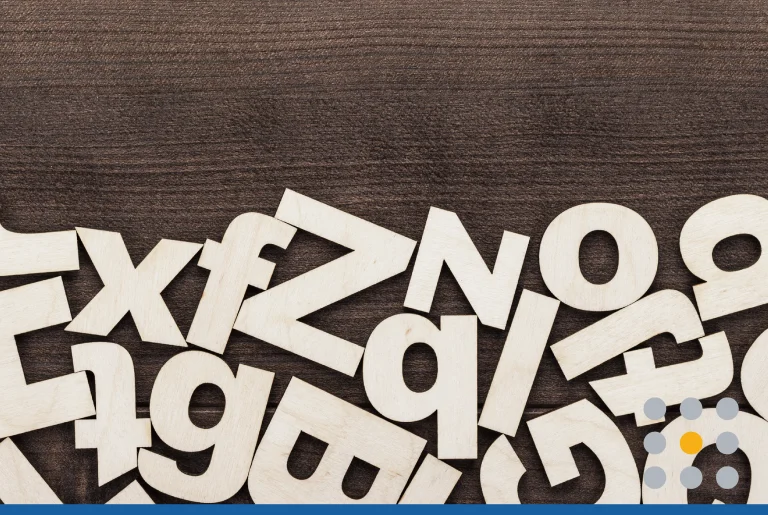A world without color would be a drab, sad, empty world. That’s why different colors are mainstays in many cultures and traditions across the globe. When you are selecting which colors to use for your business and thus your logo, make sure that you fully understand what that color represents internationally. A color can be loved and revered in one culture, only to be feared and found taboo in another one. Here are some guidelines:
Red
In the West, red signifies excitement, passion, love, danger, Valentine’s Day, stop, and Christmas (when combined with green). Contrary to popular belief, the color red does not stimulate hunger, according to research done by LogoMaker. In the East, it means prosperity, luck, happiness, good fortune and is worn by brides on their wedding day.
In the Middle East, some consider red as the color of Evil. In India, it symbolizes purity while in South Africa, red means mourning. Finally, in Mexico and other Latin American countries, red is the color of religion when combined with white.
Blue
Blue is considered to be the safest color for a global audience because it’s generally accepted everywhere as a positive color. In the West, blue is popular with banks and other financial institutions because it represents authority and trust. Blue is soothing and peaceful, but can also depict sadness and depression. It symbolizes loyalty, hence the term “true blue”. Historically, in Ancient Rome, public servants wore blue, a tradition still followed today as a majority of the police wear blue.
In the East, blue symbolizes immortality, heaven, and spirituality and in India, it is the color of the god Krishna. Interestingly, it is the opposite in China, where blue is considered a feminine color.
Green
Around the world, green is used on traffic lights to signify “go” and is also the most used color (olive green) for military uniforms. In the West, green means go, money, nature, conservation, luck, envy and Christmas (when combined with red).
In the East, green is the color of new life, nature, fertility and youth. In China, green means exorcism and infidelity and for similar reasons, green is a forbidden color in Indonesia. In Latin America, green symbolizes death, and in the Middle East, it is associated with Islam, wealth, strength, fertility and luck.
If you are planning to use green in your logo, definitely make sure to know your market.
Orange
In the West, orange is most associated with creativity, autumn and harvest, and citrus. In Ireland, orange is the color of the Protestants, while in the Netherlands, it is considered the color for royalty and is their national color.
In the East, the hue saffron is sacred, especially in India. Buddhist monks wear orange out of tradition because it was the cheapest dye during the time of Buddha and symbolizes simplicity and detachment from materialism. In Japan, orange is symbolic for love and courage, while in the Middle East, it is associated with loss and mourning.
Yellow
In the West, yellow is associated with summer, hospitality, warmth, and cheer. It’s mostly used to draw attention which is why it is commonly used on street signs and is the predominant color of transportation like taxis and school buses in the US.
In Germany, yellow is associated with envy. It can also be used to signify cowardice.
In the East, yellow is considered imperial and sacred, which is why it is often used only by royalty. In Hinduism, it symbolizes learning and knowledge. In Latin America and Egypt, yellow is associated with death and mourning, while in the Middle East, yellow signifies prosperity and wealth.
White
A white flag is a universal symbol for a truce. In the West and Latin America, white is associated with angels, holiness, weddings, brides, purity, and peace. It’s the color for sterile and clean, closely linking it to hospitals, nurses and doctors. Businesses with white logos are generally in the clothing or automotive industries.
In Italy however, white is commonly used during funeral services. In the East, white is associated with death, funerals, mourning, misfortune, and unhappiness. It can also be used as a symbol for innocence, helpfulness, and children. Finally, in the Middle East, it is associated with both purity and mourning, while in Egypt, it symbolizes a person’s high rank and status.
Black
Black is the universal color for mystery, the occult and the unknown. In the West and Latin America, black signifies a bleak picture of finality, death, mourning, and funerals while on the other end of the spectrum, it’s associated with formality, sophistication, power, masculinity, strength, and rebellion. In some parts of the East and the Middle East, black is associated with bad luck, evil, mystery and unhappiness.
In China, black symbolizes health, wealth, career and prosperity. The Middle East has contrasting associations with black as it can mean both mourning and rebirth.
When you have decided which colors best represent your business, try our Free Logo Designer to start creating your business logo.
For more tips on designing your logo, check out “6 Questions to Ask While Creating a Logo“.








